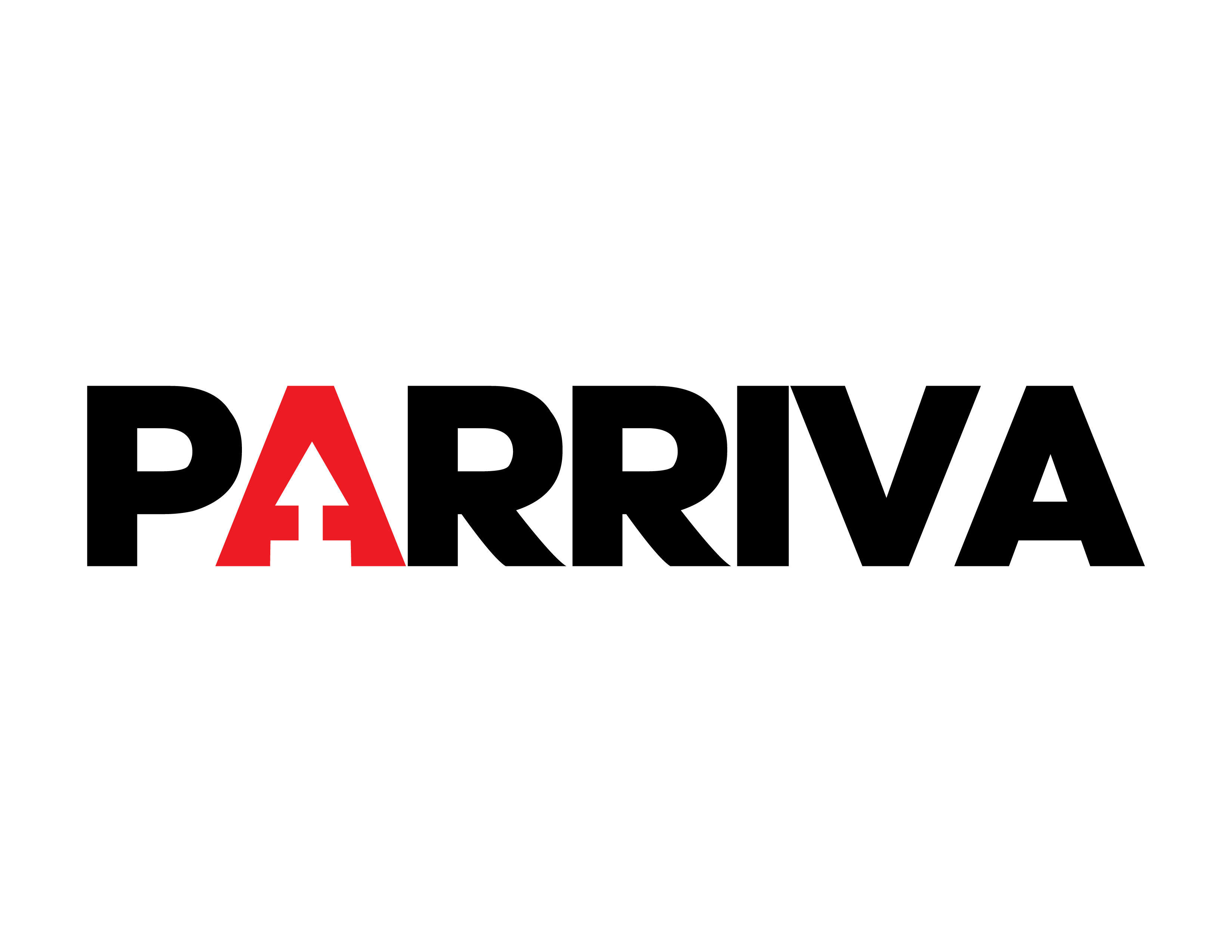Expert-backed tips, key nutrients, and prevention strategies to maintain 20/20 vision.
Vision is one of the most important senses for human beings, as it directly influences how we live. That’s why when it deteriorates, it can profoundly change the way we function day to day.
To underscore how widespread vision problems are: according to the World Health Organization (WHO), at least 2.2 billion people around the world have some form of vision impairment (near or distance).
– Disturbingly, in at least 1 billion of those cases, the impairment could have been prevented or remains unaddressed.
– Uncorrected refractive errors (like myopia, hyperopia, etc.) are one of the leading causes of this vision loss.
– The economic toll is also significant: global productivity losses due to uncorrected distance vision impairments from refractive error are estimated in the billions of US dollars annually.
Over time, image clarity decreases, recognizing faces becomes more difficult, reading turns into a challenging task, and letters may appear to move — whether on a screen or in a book.
These visual disturbances aren’t just inconvenient; they often come with physical symptoms such as headaches, dizziness, fatigue, and even nausea.
According to vision-health experts, these problems largely stem from refractive errors — conditions in which the eye does not bend light properly, preventing a sharply focused image from forming on the retina. The most common refractive errors include myopia (nearsightedness), hyperopia (farsightedness), astigmatism, and presbyopia (age-related difficulty focusing on close objects).
How Big Is the Problem?
- A major systematic review and meta-analysis found that among adults, the pooled prevalence of myopia is about 26.5%, hyperopia around 30.9%, and astigmatism 40.4%.
- In Europe, for example, one large epidemiological consortium (E(3) Consortium) reported that ~30.6% of adults aged 25–90 have myopia, and about 25.2% have hyperopia.
- According to a global meta-analysis, uncorrected refractive error caused 3.7 million people to be blind and 157 million more to have moderate-to-severe visual impairment in 2020.
These numbers highlight not only how common vision problems are, but also how many people might not be receiving the care they need.
Prevention Strategies
- The World Health Organization underscores that uncorrected refractive error is more than just a personal health issue — it’s a public health and economic challenge.
- In terms of early detection, the American Optometric Association (AOA) now recommends annual eye exams for adults aged 18–64. According to Ronald Benner, OD, president of the AOA, regular checkups not only track vision changes but can also identify over 270 serious health conditions (like hypertension or diabetes).
- Recent research also emphasizes how lifestyle changes (not just medical correction) can help — for instance, experts advocate for more outdoor time to slow the progression of myopia in children, since increased near work and screen time are linked to its rise.
- Diet plays a fundamental role in maintaining eye health. While your original article names onions, spinach, and broccoli for their vitamin A and C content, here’s some deeper context from nutrition science and eye-health experts:
- Lutein and Zeaxanthin
- Dietitians highlight lutein as a key nutrient for eye health. It accumulates in the macula (part of the retina), filters harmful blue light, and may reduce the risk of age-related macular degeneration (AMD) and cataracts.
- These carotenoids are found in leafy greens (like spinach), eggs, corn, and other foods — so your spinach recommendation is well-aligned with what experts emphasize.
- Vitamin C
- As your article notes, vitamin C is important. It’s an antioxidant that can help support the health of blood vessels in the eye (particularly the retina) and may contribute to slowing cataract progression when combined with other nutrients.
- Other Nutrients
- While your three foods are great starts, many eye-health experts also recommend zinc, vitamin E, and omega-3 fatty acids (commonly found in fish) as part of a full vision-supportive diet.
- For instance, zinc helps vitamin A to function properly in the eye, and omega-3s are linked to better tear quality and reduced dry eye symptoms.
- Your list of eye-fatigue triggers is very accurate. Here’s some supporting research and expert commentary to reinforce it:
- Prolonged near work (reading, screen use) has been repeatedly shown to strain the visual system, especially without breaks. Experts recommend the “20-20-20 rule” (every 20 minutes, look at something 20 feet away for 20 seconds) to reduce fatigue.
- Low lighting: Straining in dim environments makes the eye work harder, which may contribute to headaches or dizziness.
- Dryness or uncorrected refractive errors: Dry eye itself can lead to discomfort and blurring; untreated refractive errors also force the eye’s focusing muscles to work overtime, leading to fatigue.
- Stress and general fatigue: Systemic fatigue (from poor sleep, stress, etc.) can worsen how we perceive eye strain. Plus, tired eyes are less flexible in focusing and recovering.
Ophthalmologists often note that addressing eye fatigue isn’t simply about “resting your eyes” — correcting underlying vision errors (with glasses or contacts) and optimizing the environment (lighting, ergonomics) is key.
Recommendations
- Get regular eye exams — don’t wait. The data supports that refractive errors are widespread and often under-treated.
- Adopt a vision-friendly diet — include foods rich in lutein, zeaxanthin, vitamin A, C, zinc, and omega-3s.
- Manage your environment — improve lighting, take regular breaks from near tasks, and optimize your screen habits.
- Be proactive — if you notice changes in clarity, more headaches, or reading becoming harder, consult an optometrist or ophthalmologist rather than ignoring the symptoms.








